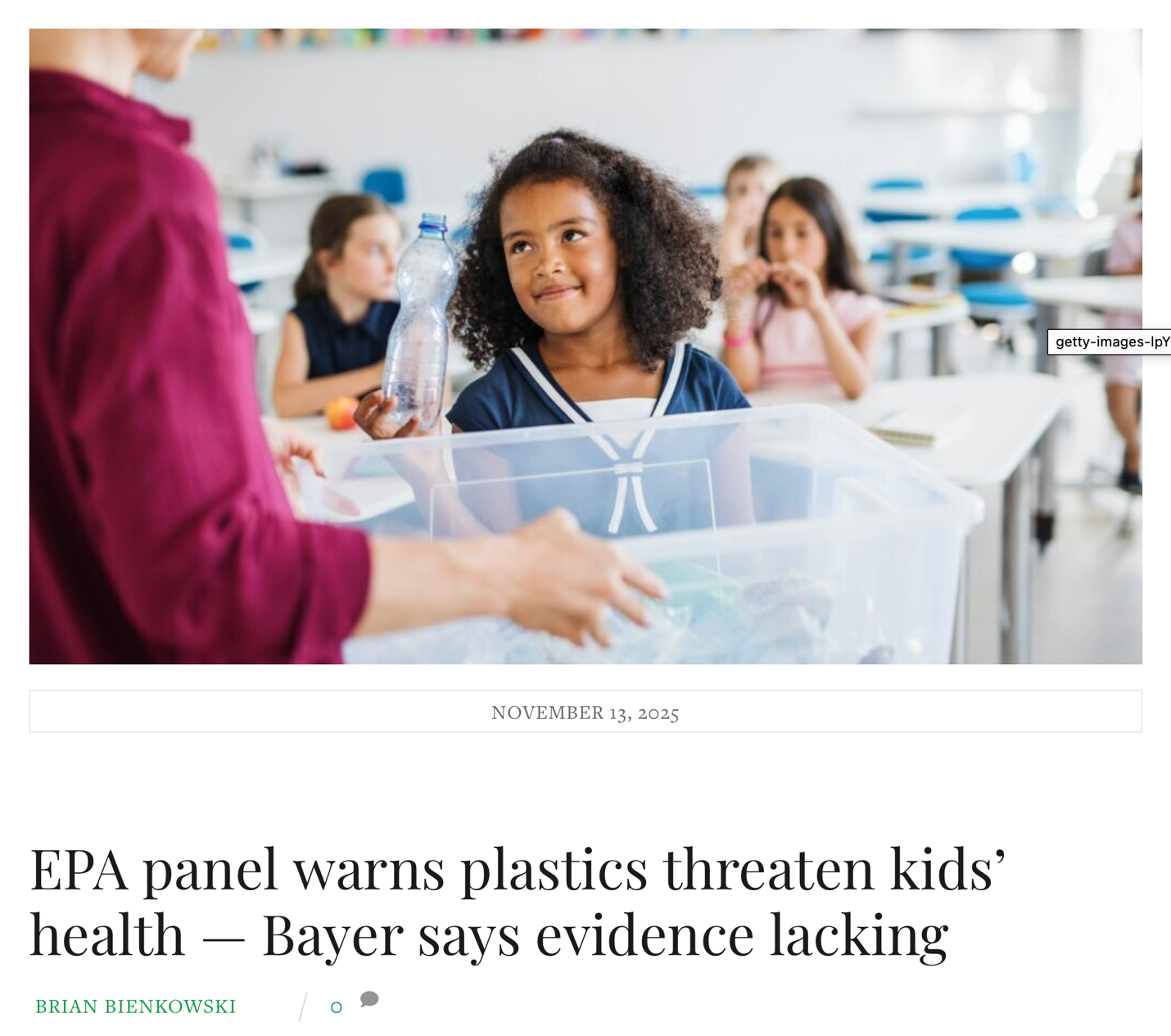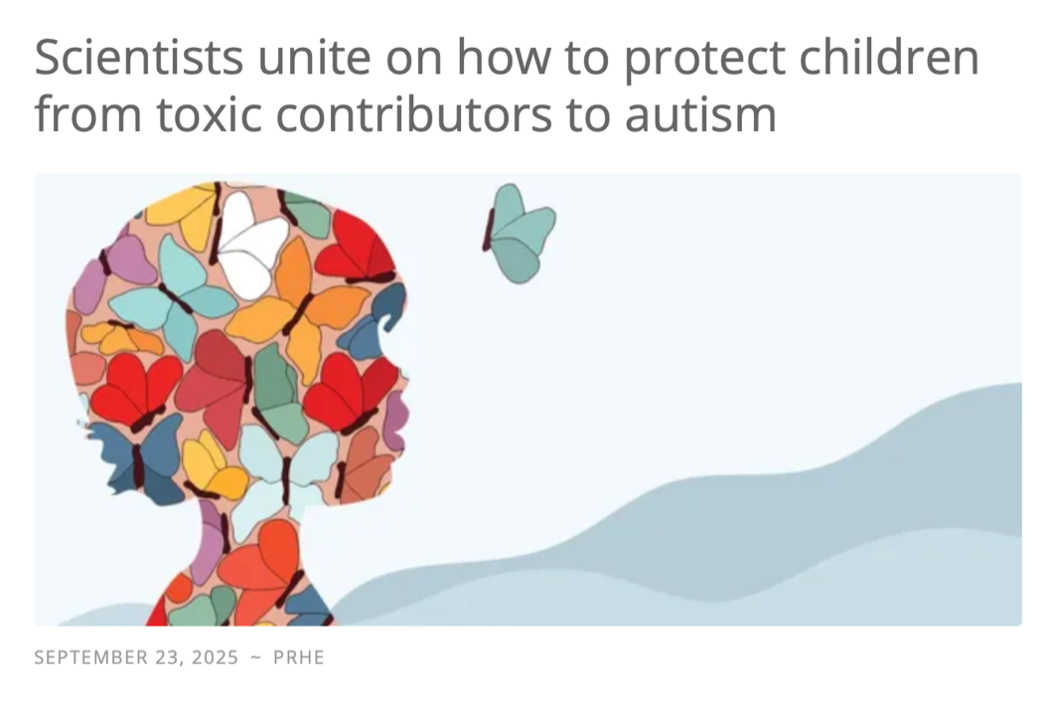A colleague of mine, Dr. Alan Gorr, recently asked me about a rumor that has been making the rounds.
I read on Facebook (always a primary source?!) that before wheat is harvested, the field is sprayed with Roundup to kill and dry the crops for easy reaping.
The author claims that this, more than gluten and GMO, is to blame for the rise in GI difficulties.
The fact that Round-Up is increasingly sprayed immediately pre-harvest is absolutely true. The best verification that this is indeed the practice comes direct from Monsanto: http://roundup.ca/_uploads/documents/MON-Preharvest%20Staging%20Guide.pdf In this guide, they detail how to apply Round-Up pre-harvest at just the right time; even when the wheat or other grain is quite ripe, “it’s not too late”!
Monsanto urges farmers to use Round-Up (glyphosate) just before harvest in order to aid desiccation of crops like wheat and barley. This “off-label” use is even more likely to cause health problems because the herbicide has no time to break down in the sun and weather. Rather, it is shipped off full-strength as part of our food supply. There have been many blog posts elsewhere about this, with a lot of debate from the pesticide supporters about how common this practice actually is. But the glossy flyer that Monsanto itself sends out to farmers, advocating that they use Round-Up for just this application, is conclusive proof that Monsanto has been marketing this use. It’s shocking to see a company advising farmers to use a toxic chemical just prior to harvest in this way.
Although we cannot say for certain, it is quite possible that the multiple health effects linked to Round-Up are causing widespread sensitivity to gluten, documented by direct measures of antibodies to gluten in frozen sera, which identified a four-fold increase in allergies to gluten (Rubio-Tapia 2009). I am allergic now myself.
Anthony Samsel and Stephanie Seneff have published peer-reviewed articles in at least two different journals arguing that glyphosate may be a major contributor to many diseases, including rapidly increasing celiac disease and autism, by means of inhibition of amino acid production, not in humans, but in their symbiotic gut bacteria (Samsel & Seneff 2013a; Samsel & Seneff 2013b). We depend on these gut bacteria, and on our food sources, for synthesis of aromatic amino acids: tryptophan, tyrosine, and phenylalanine (Samsel & Seneff 2013a; Samsel & Seneff 2013b). The key roles that gut bacteria play in health is only now being revealed; and it is clear that we have much more to learn about our microbiota.
Research on fish showed quite direct effects on the digestive system:
A recent study on glyphosate exposure in carnivorous fish revealed remarkable adverse effects throughout the digestive system (Senapati et al., 2009). The activity of protease, lipase, and amylase were all decreased in the esophagus, stomach, and intestine of these fish following exposure to glyphosate. The authors also observed “disruption of mucosal folds and disarray of microvilli structure” in the intestinal wall, along with an exaggerated secretion of mucin throughout the alimentary tract. These features are highly reminiscent of celiac disease. (Samsel & Seneff 2013b)
Evidence like this certainly substantiates the causal requirement for biological plausibility. And there is consistency in finding adverse effects in many different disciplines and kinds of studies. I find these reviews completely plausible and certainly well documented.
A Snopes article appears to untangle the truth and confusion about the practice of pre-harvest spraying, though it does not reference the Monsanto pamphlet, and the general tenor of the article makes me wonder about its authorship. It criticizes Dr. Stephanie Seneff for claiming that 97-99% of all wheat is doused immediately before harvest, which does seem a likely confusion with wheat treated at any time, if indeed Dr. Seneff has made this claim. But the Snopes article also claims no harm from glyphosate, which has not been the evidence in the primary literature for a long time, a consensus that has just recently been recognized by the IARC. The Snopes article also faults Blogger Sarah Pope for claiming that the wheat head when treated with glyphosate releases more wheat seed, implying that she misunderstands the process of photosynthesis. Actually, the claim of "releasing" more wheat is referenced in the Monsanto pamphlet:
If you plan on swathing your crop you can help prevent shattering in susceptible varieties by spraying near the 30% see moisture stage. This will help seed heads mature uniformly, allowing earlier swathing to minimize shattering loss. If you straight cut, shattering losses are reduced with a preharvest application because the entire crop matures uniformly.
So it is true that Monsanto advertises higher harvests because the wheat heads do not shatter, losing grain, until they are finally processed, at which time they release more wheat.
In a previous blog, I commented on Monsanto's CEO who, in response to a question about whether "we in fact [are] poisoning our crops by using this Roundup chemical?" replied "Not at all. Farmers depend and this is an important tool for growers in the fight against weeds." This is the kind of slippery response that lets companies like Monsanto get away with exposing nearly every American to chemicals linked to cancer and many other health effects. In his response, Hugh Grant completely elides the difference between the two questions, one he doesn't want to answer, the other he does. It appears to be untrue that there are no health effects associated with glyphosate. It is true that farmers depend on Round-Up (glyphosate) to help control weeds. Misdirection is the great skill of magicians and other illusionists and deceivers. If only it weren't true that that control comes at a terrible cost. If only there were a really magical solution to weeds.
Meantime, we must not stop questioning and investigating, and resisting the whole-sale contamination of our food supply with chemicals about which we know so little. There is already enough evidence to halt the rapid approvals of more Round-Up ready products every year, and to arrest the promotion of glyphosate as nearly non-toxic for homeowners. Those who make billions off the sale of this chemical are never going to raise the red flag. If only the EPA would, but with so few chemicals ever having been banned under weak regulatory laws like TCSA, that seems unlikely in the near future. Unfortunately, as so often is the case, it is up to the mothers of dead children, the sick and the suffering, the beleaguered and hard-working scientists, to protest and to shame lawmakers and others who should be responsible for protecting us into finally doing the right thing.
References
Samsel A, Seneff S. 2013a. Glyphosate, pathways to modern diseases II: Celiac sprue and gluten intolerance. Interdisciplinary Toxicology 6(4): 159-84. Available at http://www.ncbi.nlm.nih.gov/pmc/articles/PMC3945755/#CIT0217
Samsel A, Seneff S. 2013b. Glyphosate’s suppression of Cytochrome P450 enzymes and amino acid biosynthesis by the gut microbiome: Pathways to modern diseases. Entropy 15: 1416-63. Available at http://content.ebscohost.com.libweb.ben.edu/ContentServer.asp?T=P&P=AN&K=87326137&S=R&D=a9h&EbscoContent=dGJyMMTo50SeqLU4zOX0OLCmr02ep7RSsKe4SLCWxWXS&ContentCustomer=dGJyMPGuskquqLVMuePfgeyx44Dt6fIA
Senapati T, Mukerjee AK, Ghosh AR. 2009. Observations on the effect of glyphosate based herbicide on ultra structure (SEM) and enzymatic activity in different regions of alimentary canal and gill of Channa punctatus (Bloch). Journal of Crop and Weed 5(1):236–245.












